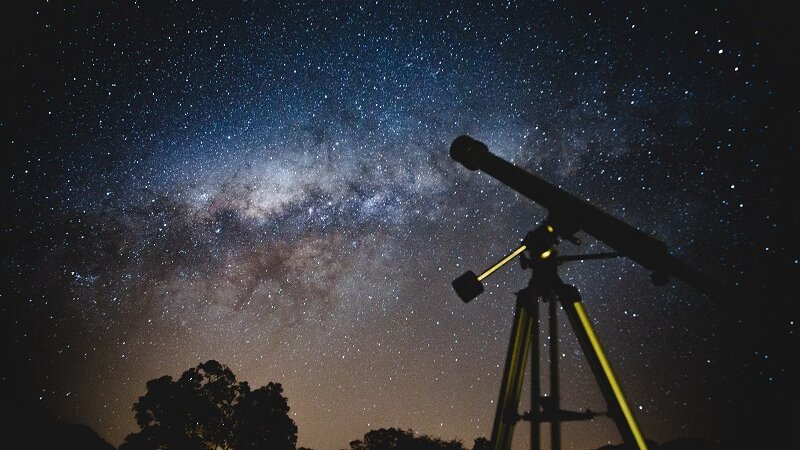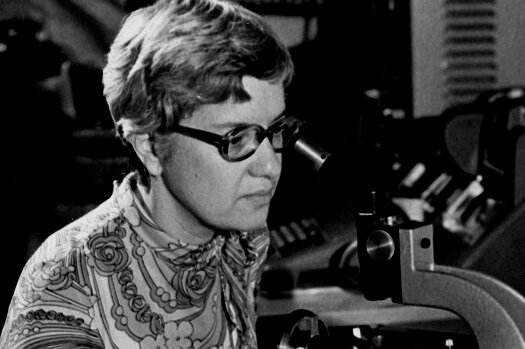Vera Rubin
Episode #8 of the course Ten significant women in science by James Wareing
Today we learn of a woman who was very much in a male-dominated scientific environment. Vera Rubin was born in the United States in 1928 to a Lithuanian father and a second-generation American mother of Belarussian descent. From watching the stars when laying in bed from a young age she could hardly have imagined the impact on astronomy that she would have. What she managed, despite the barriers in her way, to dramatically alter what we know about the universe and how it is composed.
What Did She Do?
In the 1950s, against the grain of common conception in astronomy at the time, she concluded that galaxies tended to cluster, as opposed to being distributed at random and independently of each other. Vera’s work focussed on the motion of galaxy and so-called galactic rotation curves. These results were not widely accepted for a couple of decades. What she had shown though was evidence for the presence of dark matter in the universe, and how galaxies are mostly made up of dark matter. Undetectable, she was nevertheless able to conclude that it must be there. This provided the evidence to explain what kept stars in the outer parts of galaxies from flying apart. Now we know that it makes up nearly 85 percent of the material in the universe.
She also demonstrated the phenomenon of counter-rotation in galaxies. It was the first indication of the manner in which galaxies were formed and could merge. Again this was a discovery that challenged the common wisdom of the time.
Legacy and Challenges Faced as a Woman
Today we will pay particular attention to this section because the challenges faced by Rubin as a woman were especially significant. They are also demonstrative of the barriers in general that women faced in science.
From an early age, Vera experienced resistance to her will to study science. She recounts how her physics teacher “did not know how to include the few young girls in the class, so he chose to ignore us.” She was not fazed by this though and her story shows the power of having an example to follow. Maria Mitchell was the first female professional astronomer in the United States and Vera decided to try and emulate her by applying to Vassar College, gaining a scholarship there. When she told the aforementioned physics teacher about her acceptance of his response Vera recalls as follows: “As long as you stay away from science, you should be okay.”
After Vassar she tried to apply to Princeton, however, they did not let women study astronomy until 1975. Later when she applied to use the facilities at the famous Palomar Observatory she was presented with a single toilet with “MEN” written on it. She drew a woman in a skirt and stuck it on the door, demonstrating the perseverance required to be the first woman to be allowed access to the previously exclusive male domain.
Rubin’s experiences also were demonstrative of the challenges that the societal pressure that a woman stays at home to look after the children has on a woman’s career. She had to study for her Ph.D. with night-time classes, while her mother babysat her son. As Vera herself noted, “women generally required more luck and perseverance than men did.”
Today her legacy and recognition of her work are significant. A new groundbreaking telescope currently being developed in Chile will bear her name, recognizing the enduring impact she has had on astronomy. There is also an asteroid and a crater on Mars named in her honor.
Tomorrow we shall learn about Jane Goodall and how she came to be known as “the woman who redefined man.”
Recommended video
How Vera Rubin Found the First Direct Evidence for Dark Matter
Share with friends


